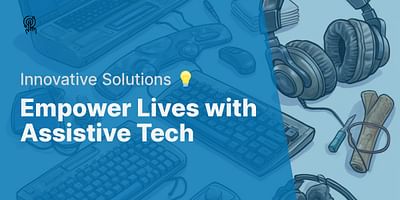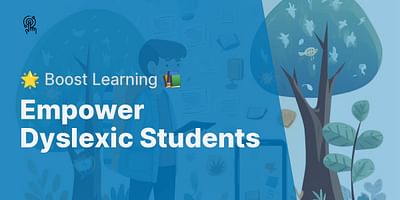Daniela is a dedicated advocate for disability rights and a fervent admirer of technology. With over ten years of experience using assistive tech, her goal is to help others with disabilities utilize the most modern resources and tools. She is deeply committed to making technology accessible for everyone.
Hey there! If you're looking for assistive devices and technologies for people with visual impairments, you've come to the right place. There are a variety of tools and resources available that can greatly enhance accessibility and independence for individuals with visual disabilities. Let's dive in and explore some of the best options out there.
One of the most essential assistive technologies for visually impaired individuals is a screen reader. Screen readers are software programs that convert text on a computer screen into synthesized speech or braille output. They allow users to navigate through websites, read documents, and access various applications. Some popular screen readers include JAWS, NVDA, and VoiceOver (for Apple devices). These screen readers are highly customizable and offer features like voice speed control, text highlighting, and support for multiple languages.
When it comes to accessible web design, there are several techniques that can greatly improve the user experience for individuals with visual impairments. These include providing alternative text for images, using clear and consistent headings, ensuring proper color contrast, and implementing keyboard navigation options. By following these guidelines, web designers can create websites that are more inclusive and accessible to all users.
In addition to screen readers and accessible web design, there are also mobile apps specifically designed for people with visual disabilities. These apps offer a wide range of functionalities, from magnifying text and images to providing audio descriptions of the surroundings. Some popular apps in this category include Be My Eyes, Seeing AI, and Voice Dream Reader. These apps can be incredibly helpful in various situations, such as reading menus, identifying objects, or navigating unfamiliar environments.
For individuals with physical disabilities in addition to visual impairments, one-handed keyboards can be a game-changer. These keyboards are designed to be used with a single hand, allowing users to type efficiently and comfortably. Some popular options include the Matias One-Hand Keyboard and the FrogPad. These keyboards often feature customizable layouts and ergonomic designs to accommodate different needs.
Another assistive technology worth mentioning is speech-to-text software. This type of software allows users to dictate their thoughts and have them converted into written text. It can be particularly useful for individuals with visual impairments who may find it challenging to type or read large amounts of text. Popular speech-to-text software includes Dragon NaturallySpeaking and Google Docs Voice Typing. These programs often have advanced features like voice commands and the ability to create custom vocabulary lists.
These are just a few examples of the assistive devices and technologies available for people with visual impairments. The field of assistive technology is constantly evolving, with new and innovative solutions being developed all the time. Whether you're looking for screen readers, accessible web design techniques, mobile apps, one-handed keyboards, or speech-to-text software, there are plenty of options to explore. Remember, everyone's needs are unique, so it's important to find the tools that work best for you.















